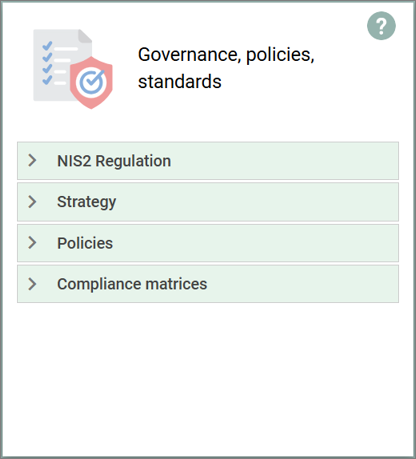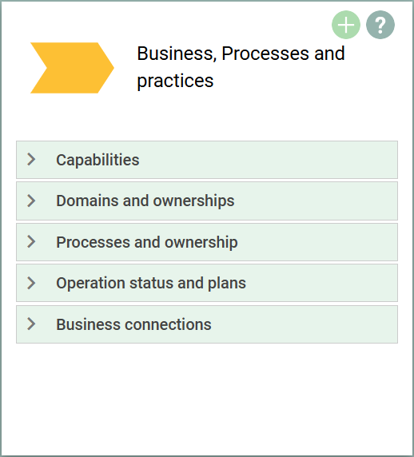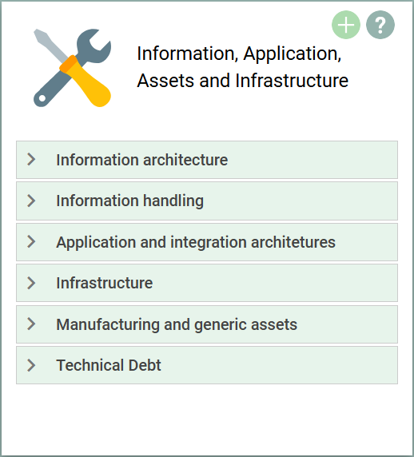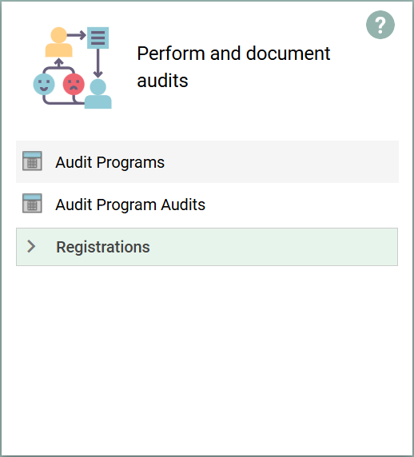Being on the NIS2 Desktop, Architects and Business Users can manage a full corporate wide NIS2 regulatory compliance reporting based on company standards and policies. Manage Risks, Business Continuity and Incidents. Document Business capabilities, domains and processes. Document the business connections and contracts including the supply chain. Document applications, information and technology. Perform and manage Audits.
Desktop Journey
With QualiWare’s purpose driven desktops, users are enabled to have centralized workspaces for each area within the QualiWare Enterprise Architecture and GRC platform. Doing so allows users to use preconfigured reports and dashboards as they populate their repositories and start on their respective journeys.
Governance, policies, standards
- NIS2 Regulation:
- Understand the Scope and Requirements
- Identify how your industry and business are affected by the NIS2 Directive. This involves understanding the specific requirements and obligations that apply to your organization.
- Strategy & Policies:
- Work with relevant strategy and policies
- Compliance Matrices:
- Work with compliance towards regulations and requirements


Risk Management
- Identify, assess, and mitigate risks.
- Conduct regular risk assessments to identify cybersecurity risks and implement measures to mitigate them. This is crucial for ensuring the resilience of critical infrastructure
- To comply with the NIS2 Directive, it is essential to assess various types of supplier risks. These risks can impact the security and resilience of your supply chain and, consequently, your organization’s overall cybersecurity posture.
Business Continuity and Incident Management
- Business Continuity Planning:
- Plan for different risk scenarios and prepare responses.
- Ensure business continuity by developing and implementing plans to manage crises and maintain operational resilience.
- Incident Management:
- Develop and implement plans to manage and respond to security incidents effectively.
- This includes streamlining incident and crisis management processes and enhancing the resilience of IT systems and operations.


Business, Processes and practices
- Process Management:
- Model and document processes to ensure they align with NIS2 requirements
- Streamline process management to ensure that cybersecurity protocols are consistently applied and monitored across all organizational processes.
- Enhancing supply chain security is crucial for compliance with the NIS2 Directive and for protecting your organization from cybersecurity threats.
- Map Your Suppliers and Assets:
- Create a comprehensive map of your suppliers and other assets to understand the entire supply chain landscape.
- Identify and Assess Supply Chain Risks:
- Establish strong business management systems to support guidelines and identify supply chain risks.
- Implement Security Measures:
- Ensure that suppliers implement necessary security features such as authentication, encryption, and network connection measures.
- Establish Contractual Requirements:
- Set clear contractual requirements for suppliers to ensure they comply with security standards and regulations.
- Support independent third-party audits in the supply chain to verify compliance.
Information, Application, Assets and Infrastructure
- Information Architecture Management:
- Ensure that data is organized, protected, and accessible, which is vital for meeting NIS2 requirements and supporting overall cybersecurity strategies.
- Apply rules for the secure development of software.
- System Security Lifecycle:
- Implement measures to ensure the security of systems throughout their lifecycle.
- Access Control and Asset Oversight:
- Implement access control measures and maintain oversight of critical assets.
- Network Security:
- Ensure the security of networks to protect against cyber threats.


Perform and document audits
- Conduct regular security assessments and audits to identify vulnerabilities and track compliance status.
- Support independent third-party audits in the supply chain to verify compliance.
Read more about the Desktops
Explore the general introduction to desktops using the links:
